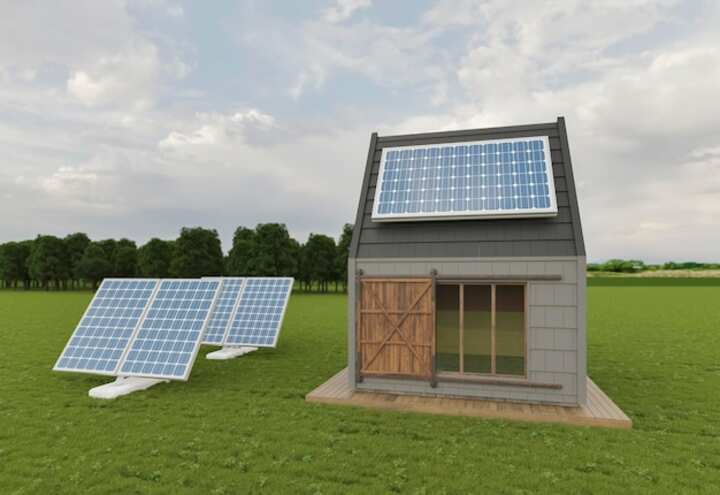
Top Tips for Efficient Solar Installation Design for Your Home
As the demand for renewable energy grows, many homeowners are turning to solar power to meet their energy needs. Efficient solar installation design is crucial to maximizing the benefits of solar energy, ensuring not only environmental sustainability but also cost-effectiveness. Whether you're new to solar energy or looking to optimize an existing system, understanding the key elements of solar installation design can significantly enhance your home's energy efficiency.
Assessing Your Home's Solar Potential
Before diving into the design process, it's essential to evaluate your home's suitability for solar energy. This involves several key considerations:
- Roof Orientation: South-facing roofs typically receive the most sunlight, making them ideal for solar panels. However, east or west-facing roofs can also be effective.
- Roof Angle: The angle of your roof can impact solar efficiency. Roofs with a pitch between 15 and 40 degrees are generally optimal.
- Shade Analysis: Assessing potential shading from trees, buildings, or other structures is crucial. Minimizing shade ensures maximum sunlight exposure.
Learn more in this detailed guide about assessing solar potential for your home.
Choosing the Right Solar Panels
Selecting the appropriate solar panels is a critical step in the design process. Consider the following factors:
- Panel Efficiency: Higher efficiency panels can generate more electricity from the same amount of sunlight, which is beneficial if space is limited.
- Quality and Durability: Investing in high-quality panels ensures a longer lifespan and better performance over time.
- Warranty: A comprehensive warranty can provide peace of mind and protect your investment.
Explore further insights here on selecting the right solar panels for your home.
Optimizing System Design
Inverter Selection
The inverter is a vital component of a solar power system, converting DC electricity generated by solar panels into AC electricity for home use. Consider the following:
- String Inverters: Suitable for installations with minimal shading and uniform panel orientation.
- Microinverters: Ideal for systems with varying panel orientations or intermittent shading.
Read more about this topic to understand the impact of inverter choice on your solar system's performance.
Battery Storage Solutions
Incorporating battery storage can enhance your solar system's efficiency by storing excess energy for use when sunlight is insufficient. Key considerations include:
- Capacity: The battery's capacity should match your energy consumption patterns to optimize energy storage.
- Compatibility: Ensure the battery system is compatible with your existing or planned solar installation.
Find additional information here on how battery storage can benefit your solar power system.
Working with Professional Installers
While some homeowners may consider DIY installations, working with professional installers ensures that your system is designed and installed to meet all safety and efficiency requirements. Professionals can assist with:
- Permitting and Regulations: Navigating local zoning laws and securing necessary permits.
- System Design: Tailoring the system layout to maximize energy output and efficiency.
- Maintenance and Support: Providing ongoing maintenance and support to ensure optimal system performance.
Read more about this topic to understand the benefits of hiring professional installers.
Efficient solar installation design is essential for maximizing the benefits of solar energy in your home. By carefully evaluating your home's solar potential, selecting the right components, and working with experienced professionals, you can create a system that meets your energy needs and supports a sustainable future. For those interested in delving deeper into solar installation best practices, explore further insights here.